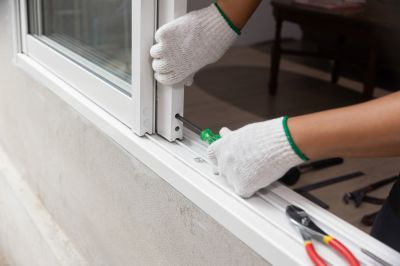Optimal Timing for Windows Installations
Choosing the optimal time for Windows installations can improve efficiency and reduce disruptions. Factors such as system readiness, software updates, and user availability influence the ideal timing.
Spring and fall often offer moderate weather conditions, making them suitable for installations that require physical access or hardware updates.
Scheduling during off-peak hours minimizes impact on daily operations and allows for quicker troubleshooting if needed.
Perform installations after major Windows updates are released to ensure compatibility and access to the latest features.
Coordinate with users to choose times when the least amount of work is affected, such as weekends or evenings.

Technicians preparing hardware for installation.

Installing new components during Windows setup.

Configuring Windows settings post-installation.

Ways to make Windows Installations work in tight or awkward layouts.

Popular materials for Windows Installations and why they hold up over time.

Simple add-ons that improve Windows Installations without blowing the budget.
| Aspect | Best Practices |
|---|---|
| Timing | Schedule during low-traffic hours for minimal disruption. |
| Preparation | Backup data prior to installation. |
| Updates | Install during periods when system updates are available. |
| User Coordination | Notify users in advance to prepare for downtime. |
| Hardware Compatibility | Ensure hardware is compatible before scheduling. |
| Post-Installation Testing | Allow time for testing and troubleshooting. |

Initial setup interface during installation.

Adjusting settings after Windows installation.

Connecting peripherals during setup.

Ready for user login after installation.
Interested in scheduling a Windows installation? Contact the appropriate service provider to discuss options and find a time that suits operational needs. Proper planning can ensure a seamless transition and minimize downtime.


